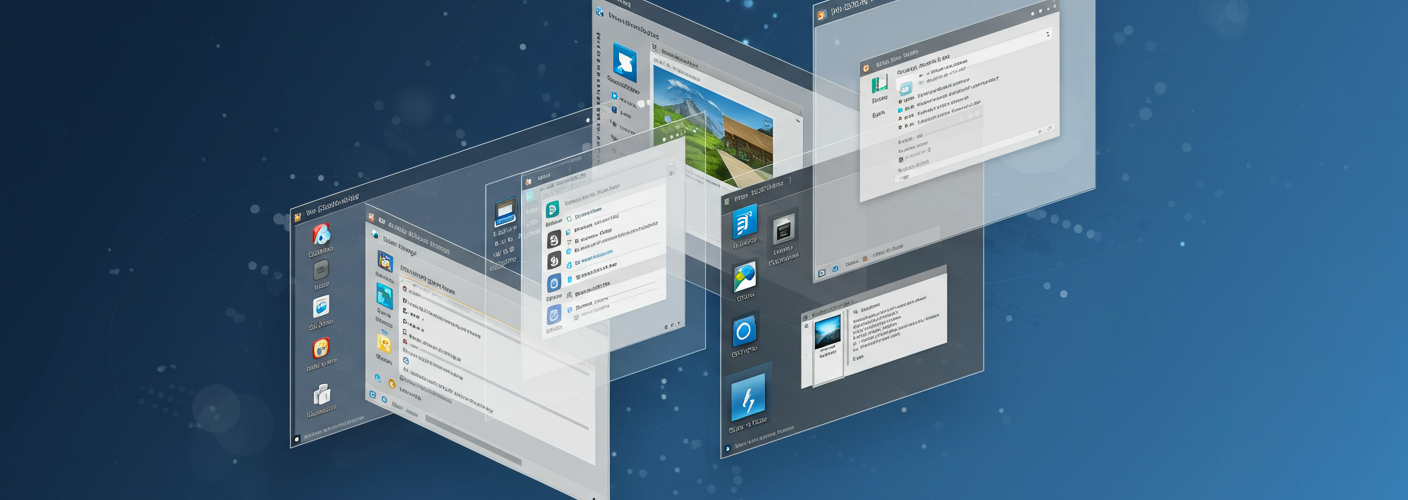Is High Memory Usage by Windows Desktop Manager Normal?
As technology advances, more users are turning to powerful laptops equipped with the latest processors, like the Intel i7 14th generation, joined by dedicated graphics cards such as the NVIDIA 4050. However, with these advancements come new questions and concerns about how the software interacts with the hardware. One area where users often raise concerns is the memory consumption of Windows Desktop Manager, particularly when using multiple displays.
Understanding Windows Desktop Manager
Windows Desktop Manager (WDM) is a vital component of the Windows operating system responsible for managing the graphical user interface, including visual effects like live task views, window animations, and overall desktop rendering. Although it operates primarily in the background, WDM can sometimes display unusual behavior, such as high memory usage.
Is High Memory Usage Normal?
Memory usage by Windows Desktop Manager can fluctuate based on several factors, including the number of open applications, visual effects settings, and, notably, the number of displays connected. For users like you, who are utilizing a secondary monitor, it’s not uncommon to see memory usage climb, especially if you are employing high-resolution displays or running graphics-intensive applications.
Typical Memory Consumption Patterns
While the numbers can vary significantly based on the specific configurations of your system and the tasks being performed, observing high memory usage—around 1.5GB—as you’ve mentioned, can be on the higher side but is not necessarily alarming. A regular range for WDM can be anywhere from 200MB to 1GB under average multitasking conditions. However, when using multiple screens or engaging in graphic-intensive activities, it’s not unusual to see the memory consumption exceed that range.
Comparisons with Previous Generations
You mentioned that you had seen reports of high memory usage linked to Windows Desktop Manager with older processors like the i7 12th generation. When newer CPUs are released, their architecture might introduce changes that impact how various system components operate, including memory management. However, since this is a nascent area of inquiry for the 14th generation CPUs, it is an ever-evolving situation.
Solutions and Tips
If you’re experiencing persistent high memory usage, consider the following steps:
- Reduce Visual Effects: Navigate to System Properties and adjust the performance settings to prioritize performance over appearance, which can alleviate some of the memory burden.
- Close Unused Applications: Keep track of running applications; closing those you do not need can free up memory.
- Update Drivers: Ensure that your graphics drivers are up-to-date, as manufacturers frequently release updates that can optimize performance with their hardware.
- Monitor Background Processes: Use Task Manager to identify if any particular applications are consuming excessive resources.
Conclusion
In conclusion, while high memory usage by Windows Desktop Manager can be disconcerting, it is often a byproduct of modern computing environments—especially for systems with powerful components engaging in multitasking with multiple displays. Regular monitoring of your system’s performance and appropriate adjustments will help manage resources effectively, allowing you to enjoy the full power of your new laptop without undue concern. If the high memory consumption persists and becomes problematic, you might consider reaching out to technical support or forums dedicated to your laptop model for further insights.





Add comment